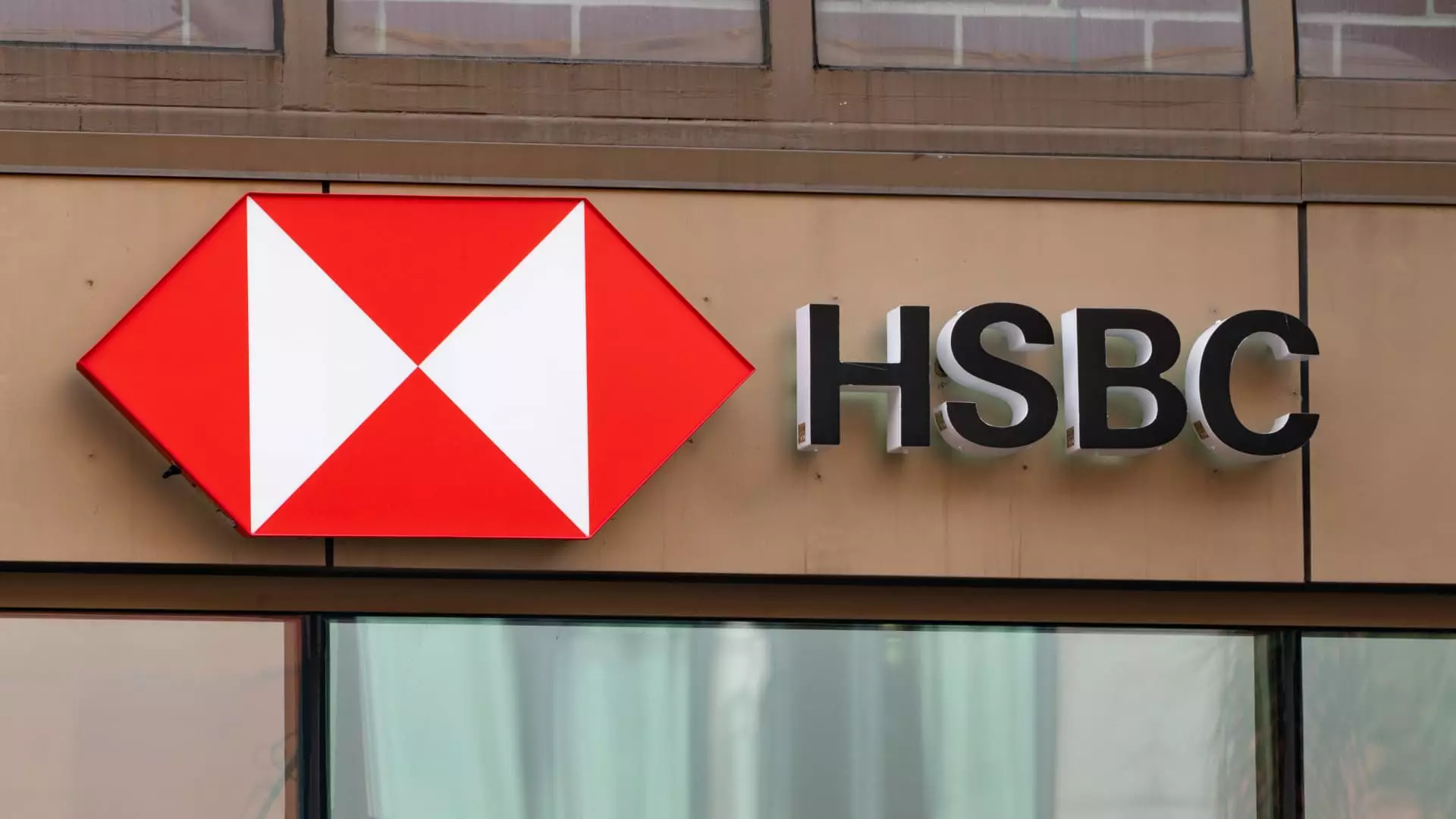On a pivotal Tuesday, HSBC announced a significant restructuring initiative that aims to streamline its operations and enhance its global presence. This strategic overhaul involves consolidating the bank’s operations into four key business units, marking a notable shift in its organizational framework. The decision comes on the heels of the appointment of the bank’s first female Chief Financial Officer, Pam Kaur, signaling a cultural and leadership evolution within the institution.
In an era where financial institutions must navigate an increasingly complex landscape, HSBC’s choice to realign its operations reflects a forward-thinking approach. By segmenting its activities into distinct divisions—namely, the “Eastern markets,” “Western markets,” “international wealth and premier banking,” and “corporate and institutional banking”—HSBC aims to enhance efficiency and responsiveness to regional market dynamics.
The restructuring essentially revives a geographical and functional clarity that could serve HSBC well amid economic uncertainties and competitive pressures. The “Eastern markets” division will unify operations across the Asia-Pacific region and the Middle East, recognizing their growing significance in a globalized economy. Conversely, the “Western markets” division will focus on the U.K., continental Europe, and the Americas, areas that pose unique challenges and opportunities.
This bifurcation of operations aims not only to optimize business performance but also to respond to ongoing calls, particularly from Ping An, its largest shareholder, advocating for a spinoff of the Asian business. While this proposal was rejected at last year’s annual general meeting, it has undoubtedly influenced HSBC’s strategic direction in a way that reflects shareholder interests while maintaining the bank’s holistic operational integrity.
As stated by UBS analysts during their evaluation of this restructuring, the financial implications necessitate careful consideration. Moreover, cost reduction is at the heart of this transformation. HSBC’s management has indicated that a more streamlined structure could ameliorate duplicative processes and decision-making authority, a vital shift considering the bank’s workforce of nearly 214,000 employees. Such an extensive organizational overhaul invariably comes with associated costs, but it also provides the bank an opportunity to optimize its workforce.
The analysts raised pertinent questions regarding the long-term sustainability of various business segments within this new structure. For instance, how will Australian retail operations, which comprise a significant portion of HSBC’s loan portfolio, fit into the broader narrative? Additionally, there’s an ongoing discourse about the need for a more pronounced presence in Latin America, and whether insurance manufacturing should play a foundational role in the international wealth segment.
Market Challenges and Opportunities
HSBC, like many financial entities in Europe, has enjoyed a favorable interest rate environment during the post-Covid recovery phase. However, as the European Central Bank shifts towards monetary easing, the bank must brace itself for the corresponding impacts. The recent announcement of a robust pretax profit exceeding $21 billion in the first half of the year, alongside a notable share buyback scheme, illustrates that HSBC has stronger financial levers to pull as it navigates market fluctuations.
Still, the path forward remains fraught with challenges. HSBC’s leadership is now tasked with ensuring this new structure translates into measurable success, particularly as the financial landscape evolves. The upcoming financial results report due on October 29 will provide critical insights into the bank’s trajectory and operational effectiveness in light of these strategic changes.
Leadership Evolution and Strategic Vision
Pam Kaur’s promotion to CFO is not only a historical milestone for HSBC but also indicative of the bank’s commitment to progressive leadership and inclusivity in its top ranks. This move signals a potential shift towards a more insightful and dynamic decision-making process, particularly in the context of the bank’s oversights and risk management strategies.
With Georges Elhedery stepping in as CEO, he is overseeing significant changes that have strategic importance for the institution’s future. His mandate includes not only the operational restructuring but also the necessity of nurturing a robust executive team capable of adapting to emerging market conditions.
HSBC’s comprehensive restructuring is a reflection of its responsiveness to shareholder feedback, market demands, and operational efficiency needs. As the bank pivots toward this new model, the focus will invariably be on executing strategic priorities effectively, thereby setting the stage for sustained growth and resilience in an ever-evolving financial landscape.

